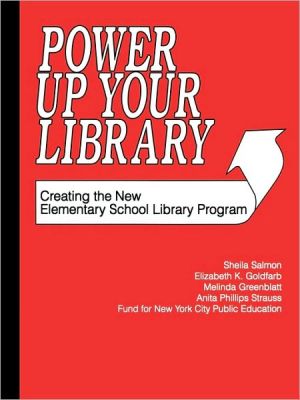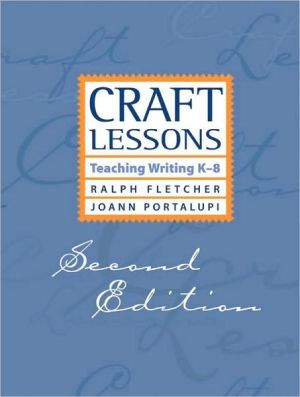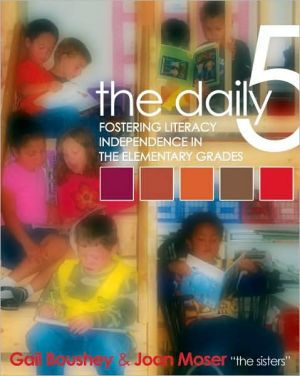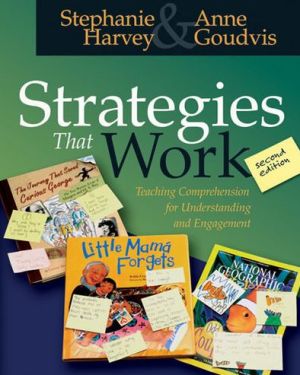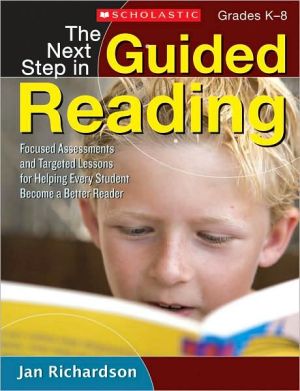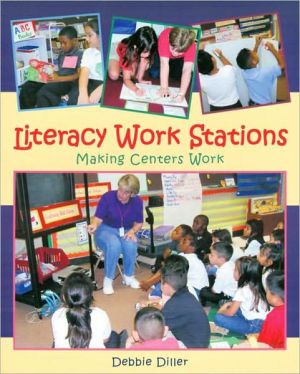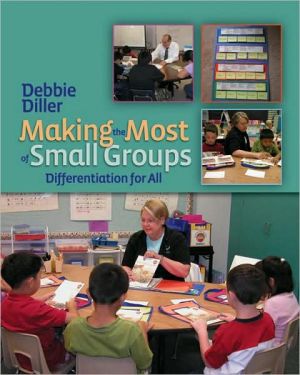Power Up Your Library: Creating the New Elementary School Library Program
Based on the methods of the New York City Library Power Program, this is a practical handbook for revitalizing or rebuilding the school library. Putting the many facets of the media specialist's professional life into the context of a flexibly scheduled, collaboratively planned teaching program, the book offers simple strategies for effecting positive change. It covers such topics as the librarian's role as teacher, programming, assessment, collection development, facilities, technology, the...
Search in google:
Based on the methods of the New York City Library Power Program, this is a practical handbook for revitalizing or rebuilding the school library. Putting the many facets of the media specialist's professional life into the context of a flexibly scheduled, collaboratively planned teaching program, the book offers simple strategies for effecting positive change. It covers such topics as the librarian's role as teacher, programming, assessment, collection development, facilities, technology, the library budget, support staff, and public relations. Written for the school library media specialist who has or plans to have a library that conforms to today's vision of an effective school library media program, this book places the library media center at the heart of the school's educational program and shows how to position the library as the catalyst for school reform. School Library Journal This superbly practical and thorough handbook was initially produced to help library media specialists implement the Library Power program in New York City public schools, but it is relevant to elementary school libraries nationwide. Subjects such as library administration, collection development, programming, technology, budgeting, teaching, and scheduling are discussed in the context of a flexible, collaboratively planned library program. The well-written, jargon-free text is supplemented by charts, forms, and checklists, such as a library's flexible schedule chart and a collaborative planning form. There are also useful lists and basic guides, such as "Guidelines for Weeding" for 19 Dewey classifications, 30 reference areas, and 13 nonbook formats. Twelve of the 13 chapters contain lengthy bibliographies. The appendices, primarily AASL position statements, are handy, and the index is detailed.-Ann D. Carlson, Graduate School of Library and Information Science, Rosary College, River Forest, IL
PrefaceAcknowledgmentsIntroductionCh. 1Working Partnerships1Ch. 2Flexible Access9Ch. 3The Librarian as Teacher25Ch. 4Programming49Ch. 5Assessment79Ch. 6The Collection97Ch. 7The Facility127Ch. 8Library Operations153Ch. 9Technology171Ch. 10Online Public Access Catalog and Circulation System195Ch. 11The Library Budget211Ch. 12Support Staff: Filling the Need229Ch. 13Public Relations243Appendices261Index275
\ School Library JournalThis superbly practical and thorough handbook was initially produced to help library media specialists implement the Library Power program in New York City public schools, but it is relevant to elementary school libraries nationwide. Subjects such as library administration, collection development, programming, technology, budgeting, teaching, and scheduling are discussed in the context of a flexible, collaboratively planned library program. The well-written, jargon-free text is supplemented by charts, forms, and checklists, such as a library's flexible schedule chart and a collaborative planning form. There are also useful lists and basic guides, such as "Guidelines for Weeding" for 19 Dewey classifications, 30 reference areas, and 13 nonbook formats. Twelve of the 13 chapters contain lengthy bibliographies. The appendices, primarily AASL position statements, are handy, and the index is detailed.-Ann D. Carlson, Graduate School of Library and Information Science, Rosary College, River Forest, IL\ \
